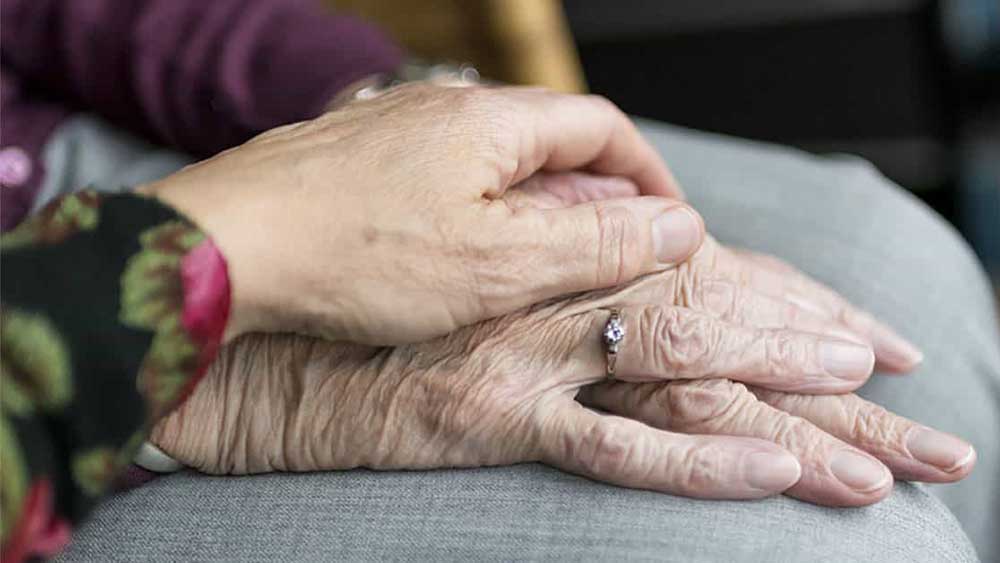

Tips To Help You Enjoy the Sun and Reduce Risk of Skin Damage
What do we carry around with us every day but often neglect until injury or irritation occurs?
Our skin.
This fragile layer of tissue is actually the human body’s largest organ. Made up of water, protein, fats and minerals, the skin protects against germs and regulates body temperature. That same tissue changes with age. During our lifetime, it’s susceptible to scratches, tears, cuts, burns, infection and disease.
As nourishing as sunlight is for the body, too much sun is a bad thing for one’s skin. Though the danger of overexposure to ultraviolet (UV) rays is well known, most elderly adults do not take the necessary precautions to avoid excess sun and the wrinkling, spotting and even cancer it can cause.
Experts advise making sun protection an everyday habit to prevent sunburn and reduce the risk of skin cancer. Even older adults can reap the benefits of sun protection to lower the chance of developing skin cancer.
Skin Cancer
It doesn’t get as much attention as other forms of cancer, but skin cancer is a common disease. Each year, more than 5 million people are treated for it. The majority of cases are found in people age 65 and above. With life spans increasing, people need to be more conscious of protecting their skin from this preventable malignancy.
People with fair skin that freckles easily are at greatest risk. Skin cancer is curable if detected before it spreads to other parts of the body.
Of the three types of skin cancer, two of them—basal cell carcinoma and squamous cell carcinoma—grow slowly and rarely metastasize. They usually appear on the head, face, neck, hands and arms, but can appear anywhere. The third and most dangerous type, melanoma, is rarer, but it can spread to other organs and be fatal.
Skin Protection
Fortunately, there are simple things seniors can do to reduce the most damaging effects of the sun. With summer on the horizon, now is a good time for seniors to do a simple inventory of their skin and to prepare a skin care plan before heading out into the sun.
Protection is as basic as following these tips:
- Use broad-spectrum sunscreen with an SPF (sun protection factor) of 15 or higher. Remember to apply sunscreen generously. This is not a situation where you want to skimp and save. Reapply every two hours or more if swimming or perspiring or toweling off.
- Limit time in the sun, especially between 10 a.m. and 4 p.m., when the sun’s rays are strongest. The shade is your friend. Covet it. Clouds offer no sure protection. Neither does water.
- Wear a wide-brimmed hat and cover skin with loose clothing, including tightly woven, long-sleeved shirts and long pants or long skirts.
- Wear sunglasses that block 99% to 100% of the sun’s rays.
Older adults should monitor their skin health monthly, checking for possible signs of cancer, such as a new growth, a sore that doesn't heal or a bleeding mole. Skin cancer is rarely painful.
Just Do It
As simple as these steps are, surveys find that only a tiny fraction of older adults, even sun-sensitive individuals, regularly use all of these common sense sun protection practices. It may be a case of out-of-sight, out-of-mind and taking for granted one’s own skin health. Then there’s the fact that many people don’t make a connection between incidents of sunburn with potential skin cancer that may appear years down the road.
Sun lamps and tanning booths can also cause skin cancer, so it’s best to avoid those as well.
A more benign result of repeated exposure to the sun are age spots (liver spots). Bigger than freckles, they commonly appear on the face, hands, arms, back and feet. Sunscreen that protects against two types of the sun’s ultraviolet rays (UVA and UVB) may prevent more age spots from forming.
Even though excess exposure may not be at the top of your health care concerns, protecting your skin is a better-safe-than-sorry practice for avoiding the dangers of too much sun.
Professional home care services can provide an extra layer of vigilance when it comes to health. Right at Home caregivers offer different levels of support—from companionship and personal care to nursing or specialty care—that can include addressing skin care needs. Use our Location Finder to contact your local Right at Home* today and ask for a FREE in-home consultation.
For more information on skin care, visit:
https://www.cdc.gov/cancer/dcpc/research/articles/older-adults-protect-skin-sun.htm
https://www.mayoclinic.org/healthy-lifestyle/adult-health/in-depth/skin-care/art-20048237
*Home care services vary by location.







